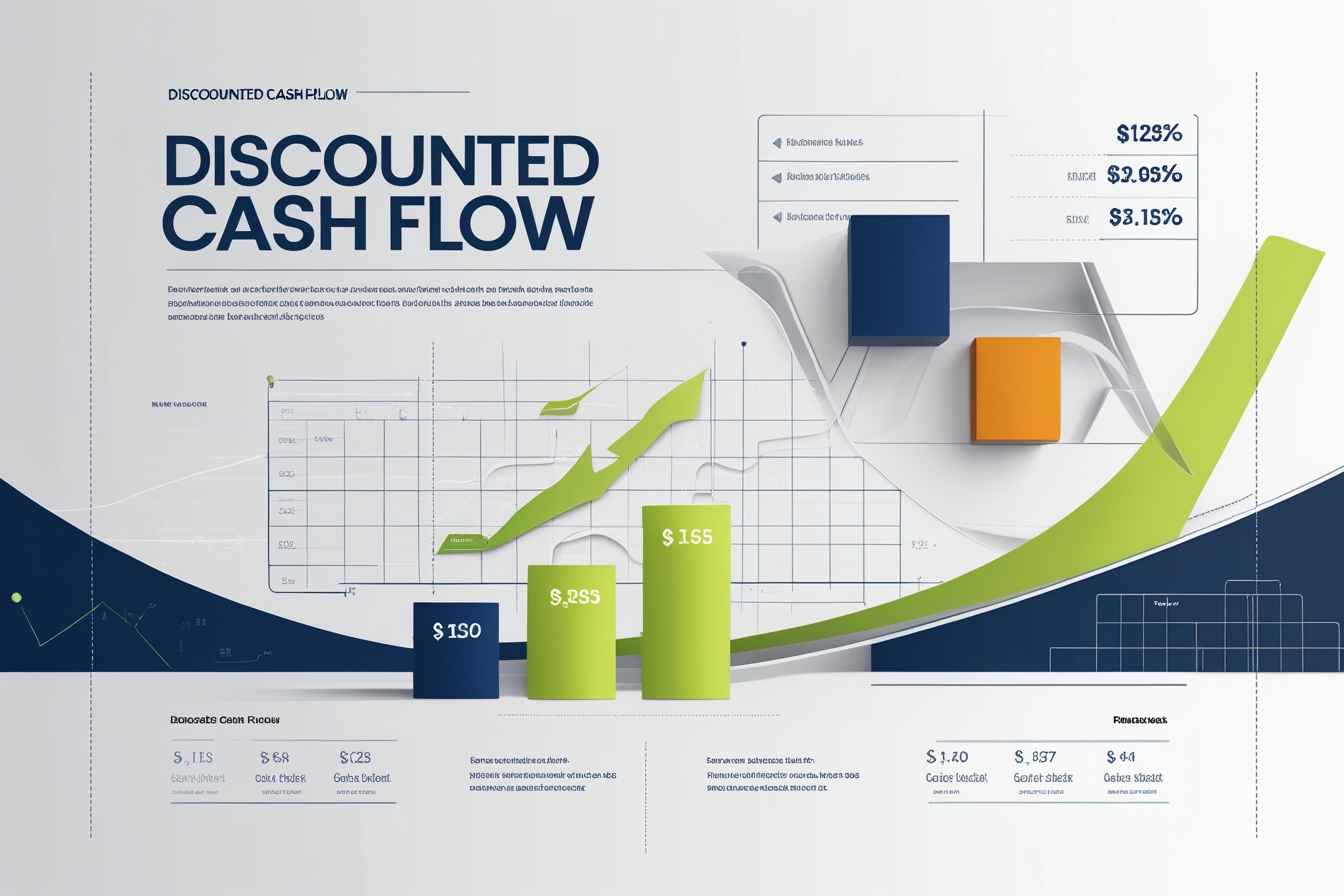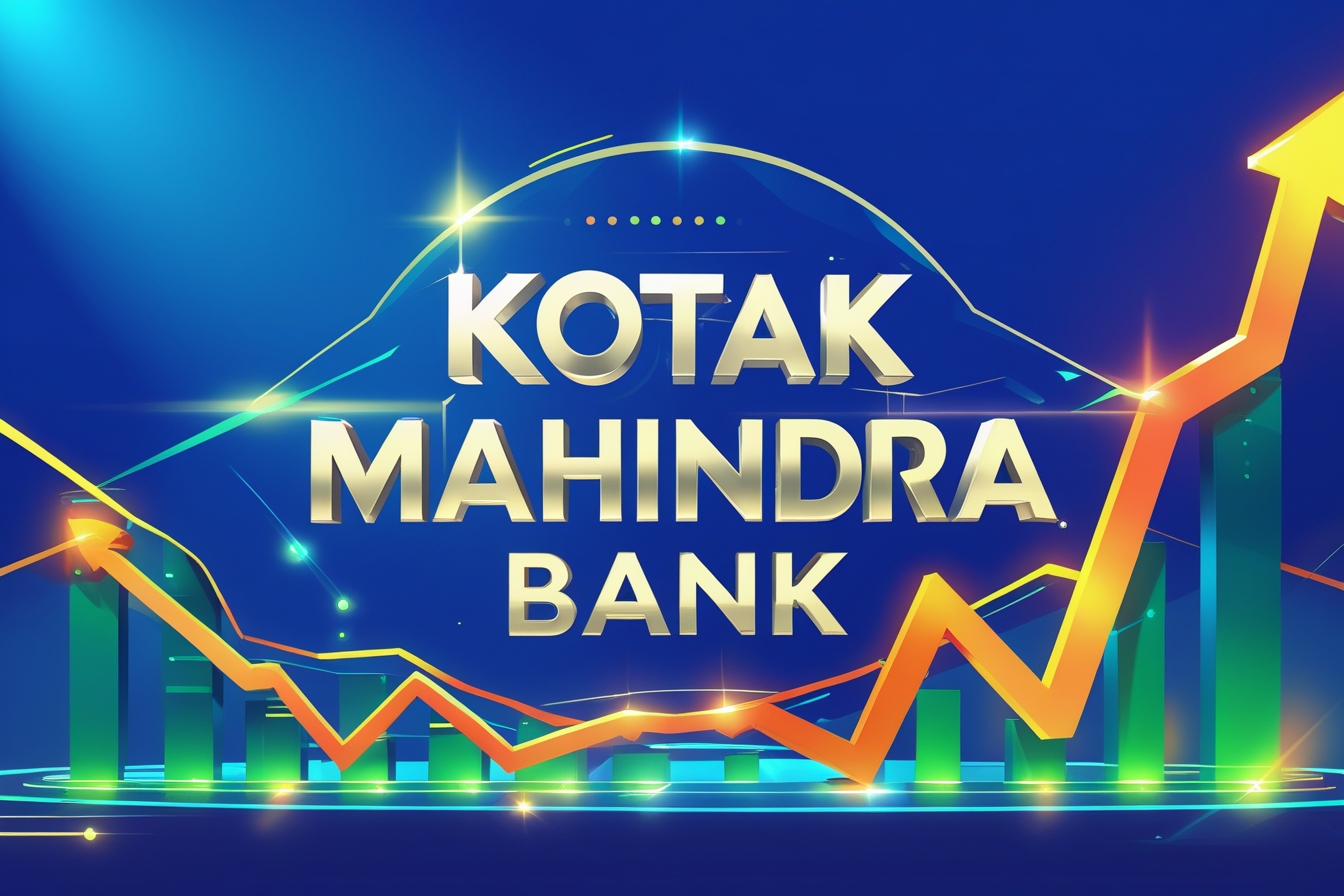When evaluating an investment or business, one of the most powerful valuation methods used by analysts is Discounted Cash Flow (DCF). This technique helps determine the present value of future cash flows, providing a clearer picture of an investment’s true worth.
What is Discounted Cash Flow (DCF)?
DCF is a valuation method that estimates the value of an investment based on its expected future cash flows. These cash flows are discounted back to their present value using a discount rate, usually the weighted average cost of capital (WACC) or the required rate of return.
Where:
- CF_n = Cash flow in year ‘n’
- r = Discount rate (WACC or required rate of return)
- n = Time period (years)
Steps to Calculate DCF
- Estimate Future Cash Flows – Project cash flows for a certain period (e.g., 5–10 years).
- Determine the Discount Rate – Use WACC or an appropriate rate based on risk.
- Discount the Cash Flows – Apply the formula to calculate the present value.
- Sum the Discounted Cash Flows – Add up all discounted values to get the total DCF.
- Adjust for Terminal Value – If applicable, add a terminal value for long-term growth.
DCF Calculation Example
Let’s assume Company XYZ is being evaluated for investment. Here are its estimated future cash flows and a discount rate of 10% (0.10):
Projected Cash Flows:
- Year 1: ₹1,00,000
- Year 2: ₹1,20,000
- Year 3: ₹1,40,000
- Year 4: ₹1,60,000
- Year 5: ₹1,80,000
Using the DCF formula:
After solving:
- Year 1: ₹90,909
- Year 2: ₹99,174
- Year 3: ₹105,186
- Year 4: ₹109,151
- Year 5: ₹111,317
Total DCF = ₹5,15,737
This means that the present value of Company XYZ’s expected cash flows is ₹5,15,737. If the company’s current market price is below this value, it may be a good investment.
Why Use DCF?
- Accurate Valuation – Focuses on actual cash inflows rather than accounting profits.
- Investment Decision Making – Helps in comparing different investment opportunities.
- Risk Assessment – Accounts for future uncertainties through discounting.
Limitations of DCF
- Highly Dependent on Assumptions – Small changes in cash flow estimates or discount rates can impact valuation.
- Difficult for Unstable Businesses – Not ideal for startups with uncertain cash flows.
- Requires Long-Term Forecasting – Future projections are inherently uncertain.
FAQs
Are DCF and NPV the same?
DCF and NPV are closely related but not exactly the same. DCF refers to the method of valuing an investment by discounting future cash flows. Net Present Value (NPV) is the result of the DCF calculation after subtracting the initial investment cost. In short, DCF is the process, and NPV is the final outcome.
How is DCF calculated?
DCF is calculated by:
- Estimating future cash flows over a specific period.
- Choosing an appropriate discount rate (WACC or required rate of return).
- Discounting each future cash flow to its present value.
- Summing up all discounted cash flows.
- Adding a terminal value if the investment has an indefinite future.
How to calculate IRR?
Internal Rate of Return (IRR) is the discount rate that makes the NPV of an investment equal to zero. It can be calculated using:
- Trial and error method by adjusting discount rates.
- Excel/Financial calculator, using the IRR() function.
The IRR equation is:
A higher IRR generally indicates a more attractive investment opportunity.
DCF is a robust tool for valuing companies and investments. However, it should be used alongside other valuation methods like Price-to-Earnings (P/E) Ratio, Comparable Company Analysis (CCA), and Net Present Value (NPV) to make well-informed financial decisions





